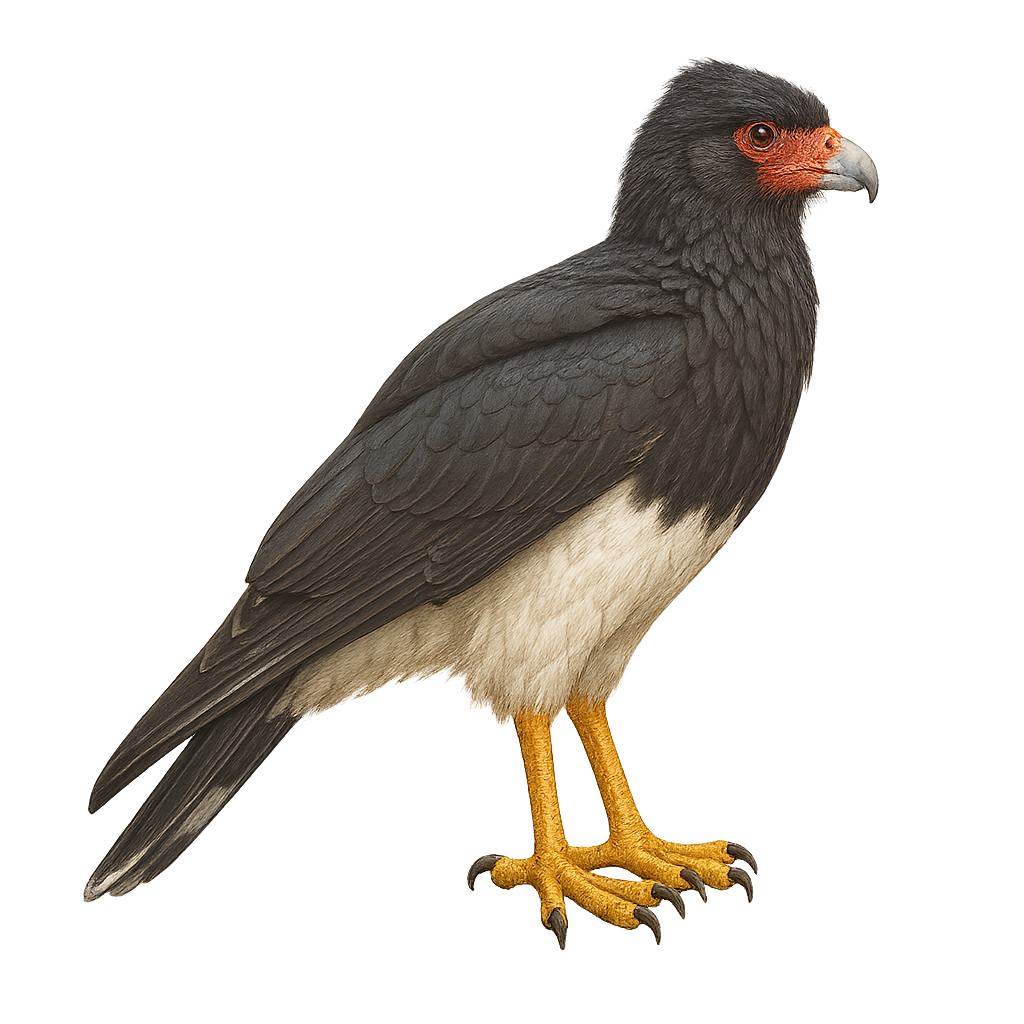Your wildlife photography guide.
Explore the mountain caracara in detail, study its behavior, prepare your shots.
Where to observe and photograph the mountain caracara in the wild
Learn where and when to spot the mountain caracara in the wild, how to identify the species based on distinctive features, and what natural environments it inhabits. The WildlifePhotographer app offers tailored photography tips that reflect the mountain caracara’s behavior, helping you capture better wildlife images. Explore the full species profile for key information including description, habitat, active periods, and approach techniques.
Mountain Caracara
Scientific name: Daptrius megalopterus

IUCN Status: Least Concern
Family: FALCONIDAE
Group: Birds
Sensitivity to human approach: Suspicious
Minimum approach distance: 10 m
Courtship display: September to November
Incubation: 28-32 jours
Hatchings: October to December
Habitat:
Alpine meadows, rocky slopes, shrublands
Activity period :
Primarily active during the day, with peak activity in the morning and late afternoon.
Identification and description:
The Mountain Caracara, Phalcoboenus megalopterus, is a medium-sized bird of prey known for its distinctive black and white plumage and hooked beak. It primarily inhabits the mountainous regions of the Andes, where it feeds on carrion, insects, and small animals. Its flight is powerful and agile, allowing it to navigate the high-altitude air currents with ease. This bird is often seen walking on the ground in search of food. Although generally solitary, it can be observed in small groups, especially around carcasses. Its adaptability to various mountainous habitats makes it a resilient bird, although its habitat is sometimes threatened by human activities.
Recommended lens:
400 mm – adjust based on distance, desired framing (portrait or habitat), and approach conditions.
Photography tips:
To photograph the Mountain Caracara, it is advisable to use a telephoto lens of 400mm or more to capture detailed images without disturbing the bird. Look for areas where it is likely to feed, such as alpine meadows or rocky slopes. Be patient and discreet, as this bird can be suspicious. Take advantage of morning or afternoon light to get shots with optimal natural lighting. If possible, use a tripod to stabilize your camera and achieve sharp images.
From knowledge to field practice
A species profile helps you understand an animal. In the field, the challenge is often different. Remembering your own observations.
The WildlifePhotographer app allows you to:
• record your personal observations
• note locations, dates, and behaviors
• revisit your field references over time
• build a private and long-term field logbook
The app does not provide observation locations.
It helps you organize what you actually observe, with respect for wildlife.

